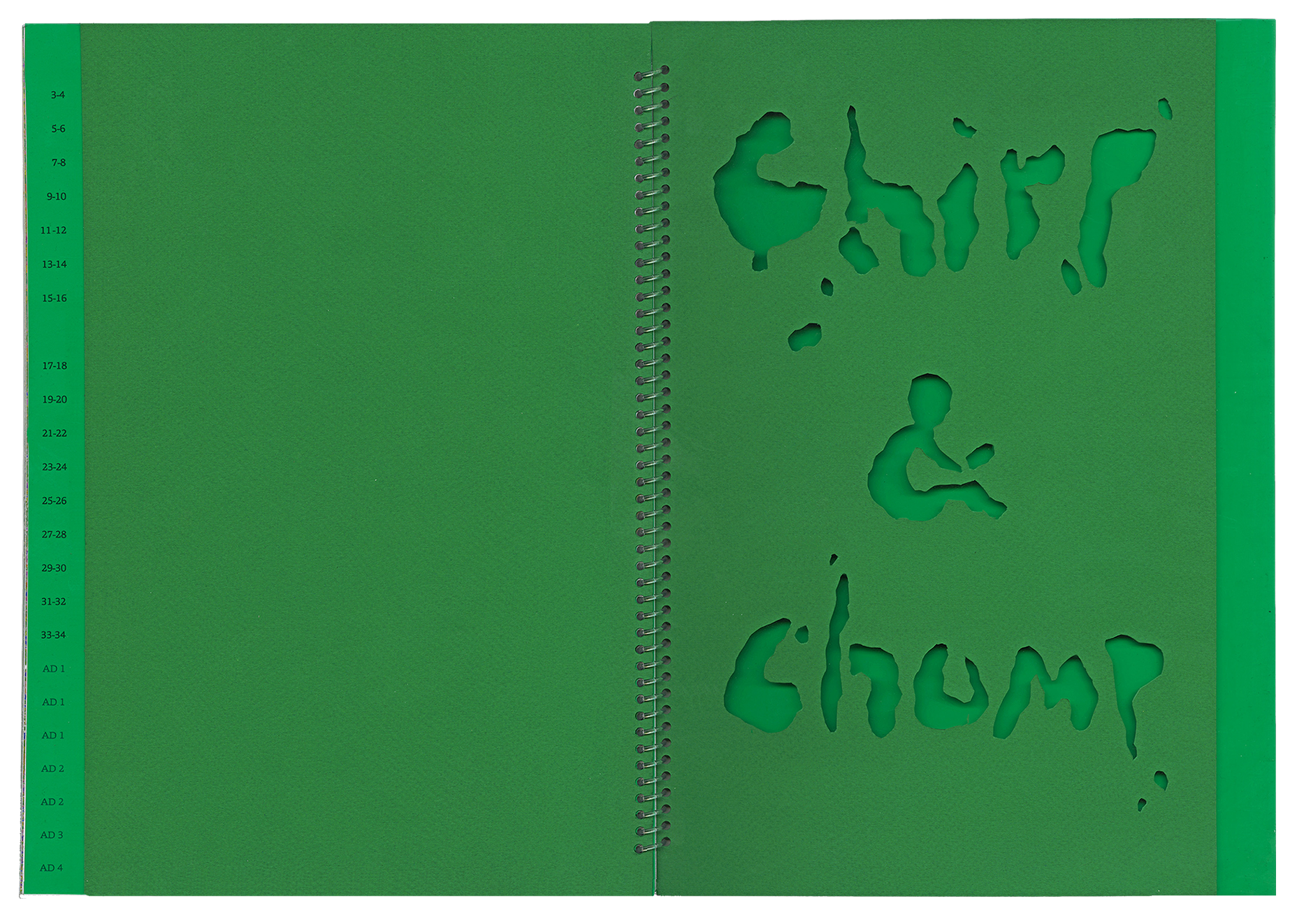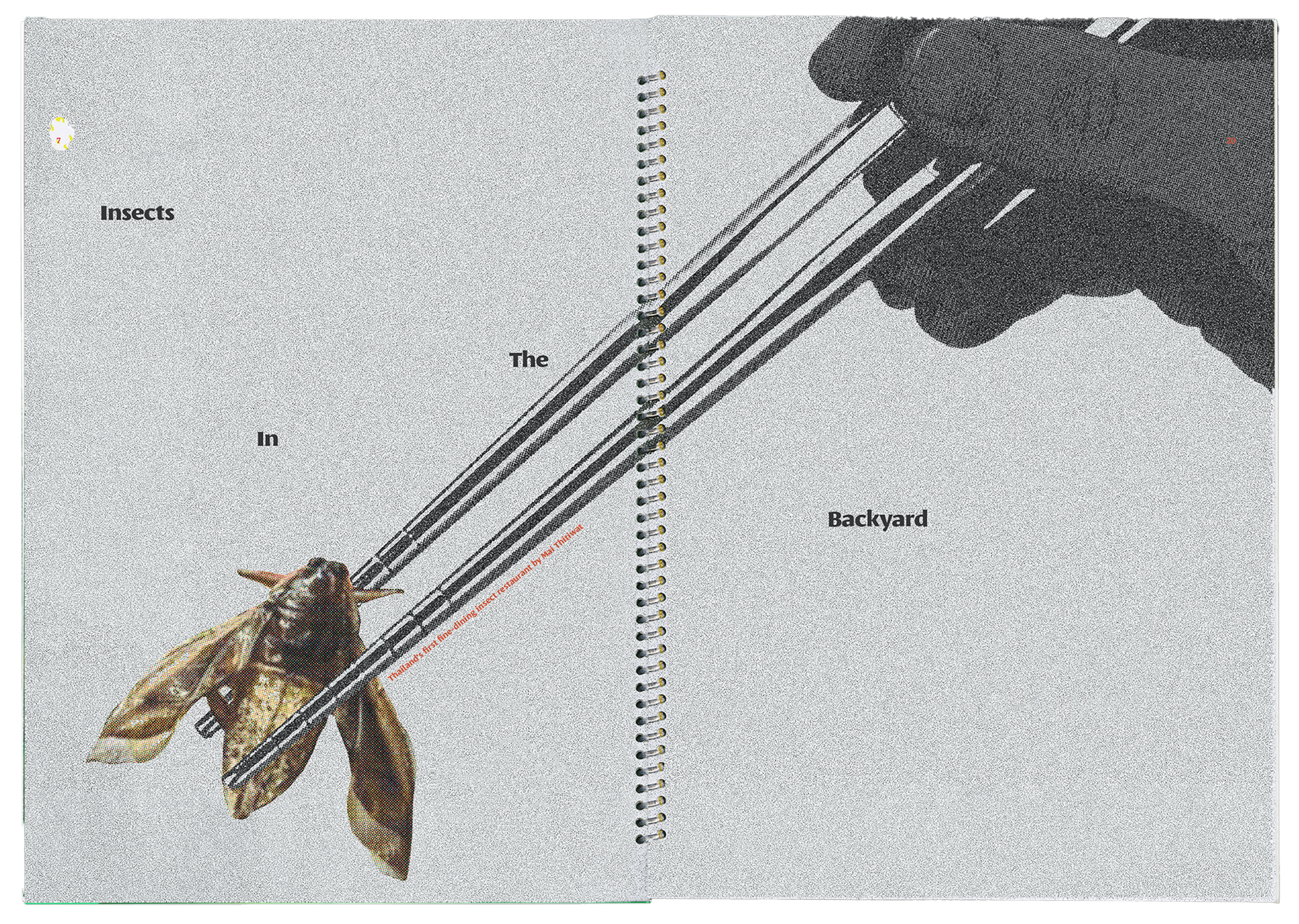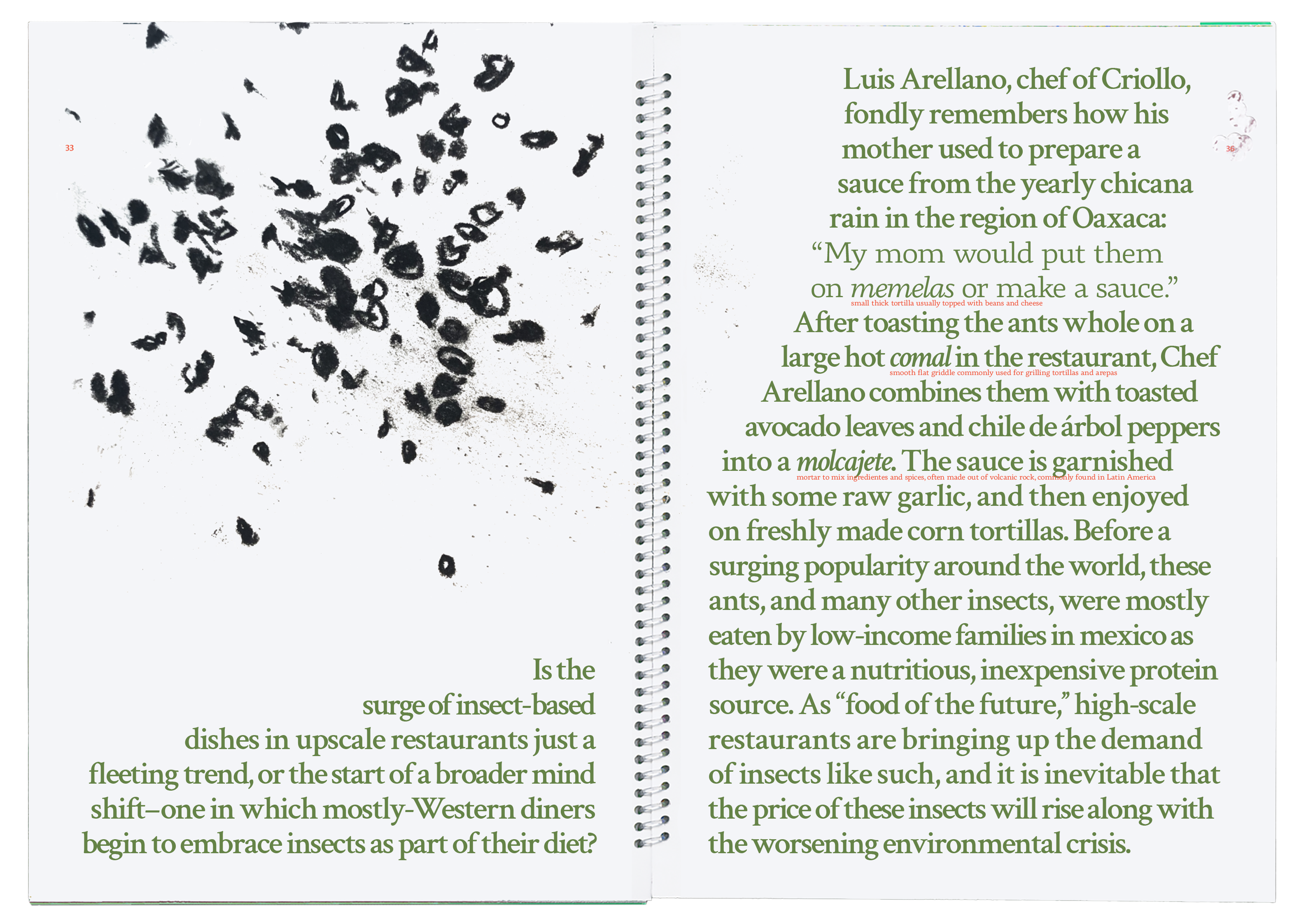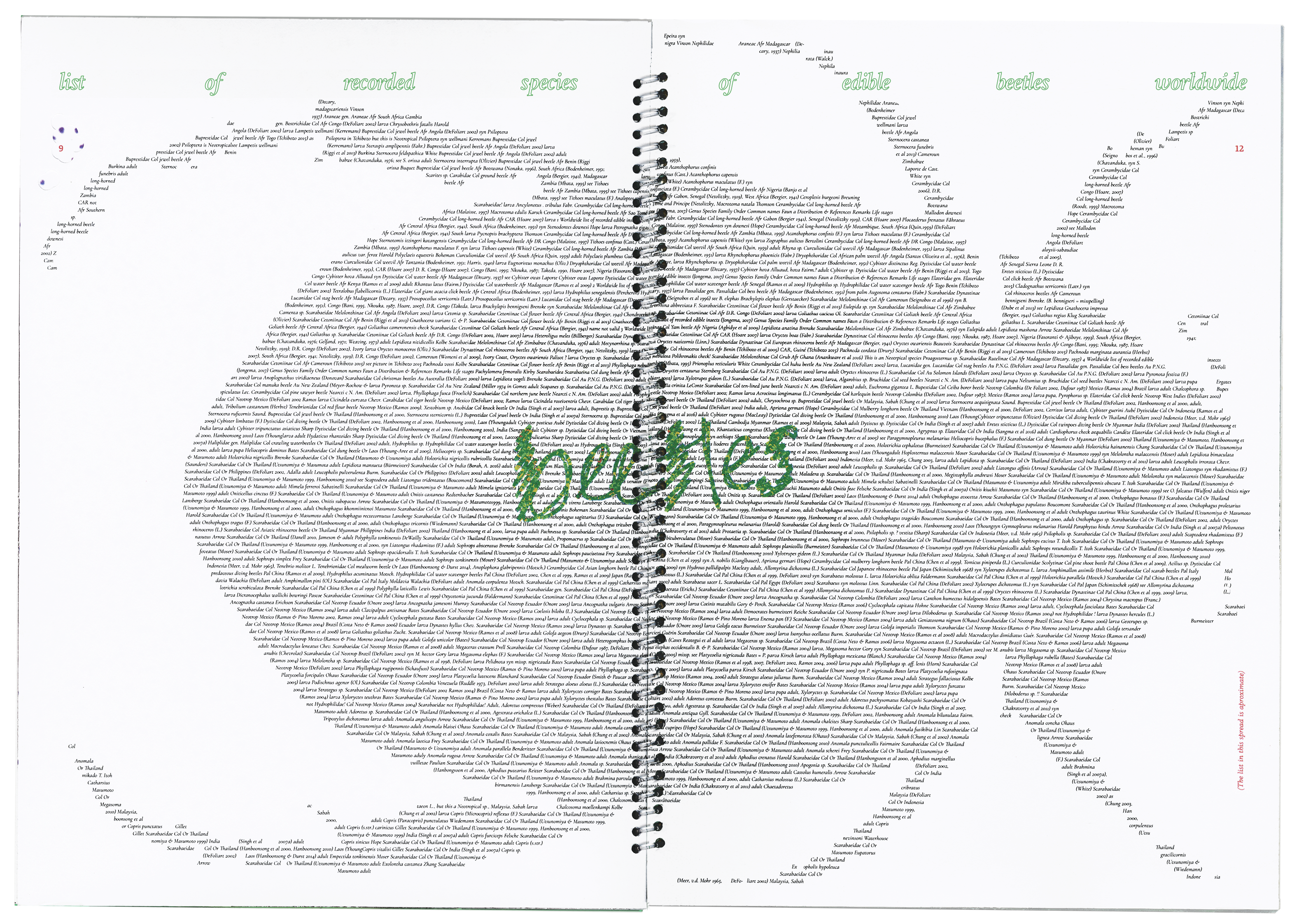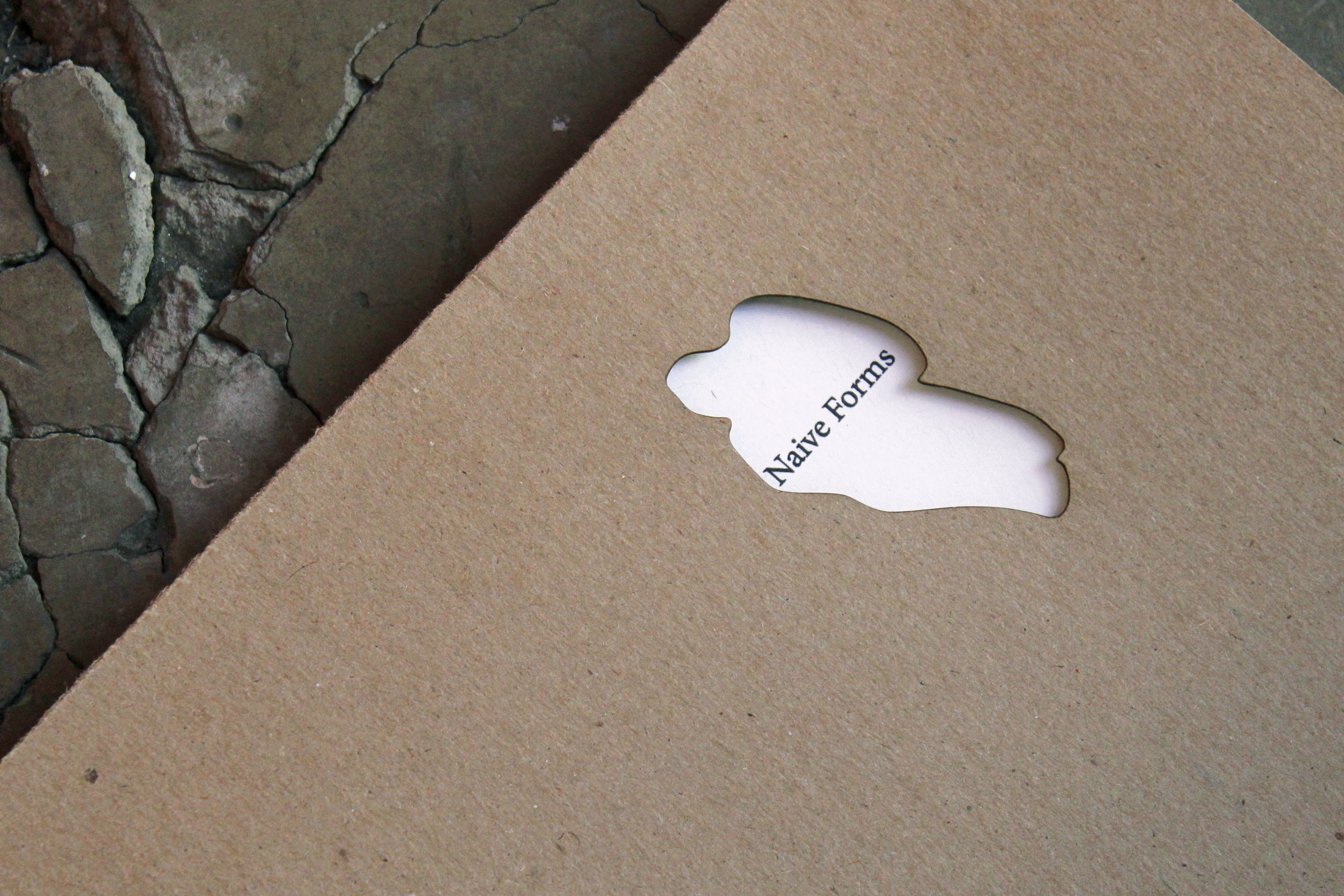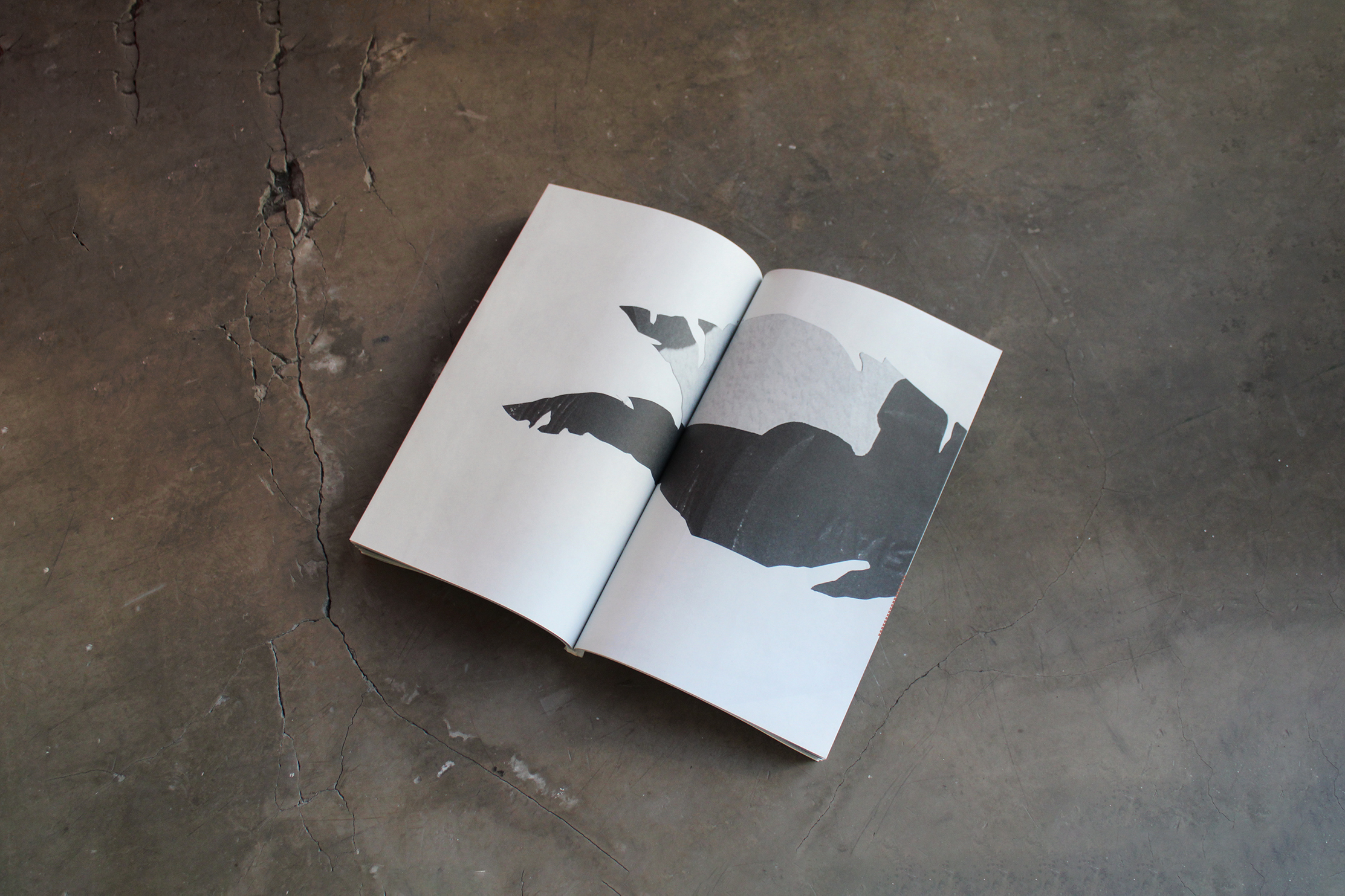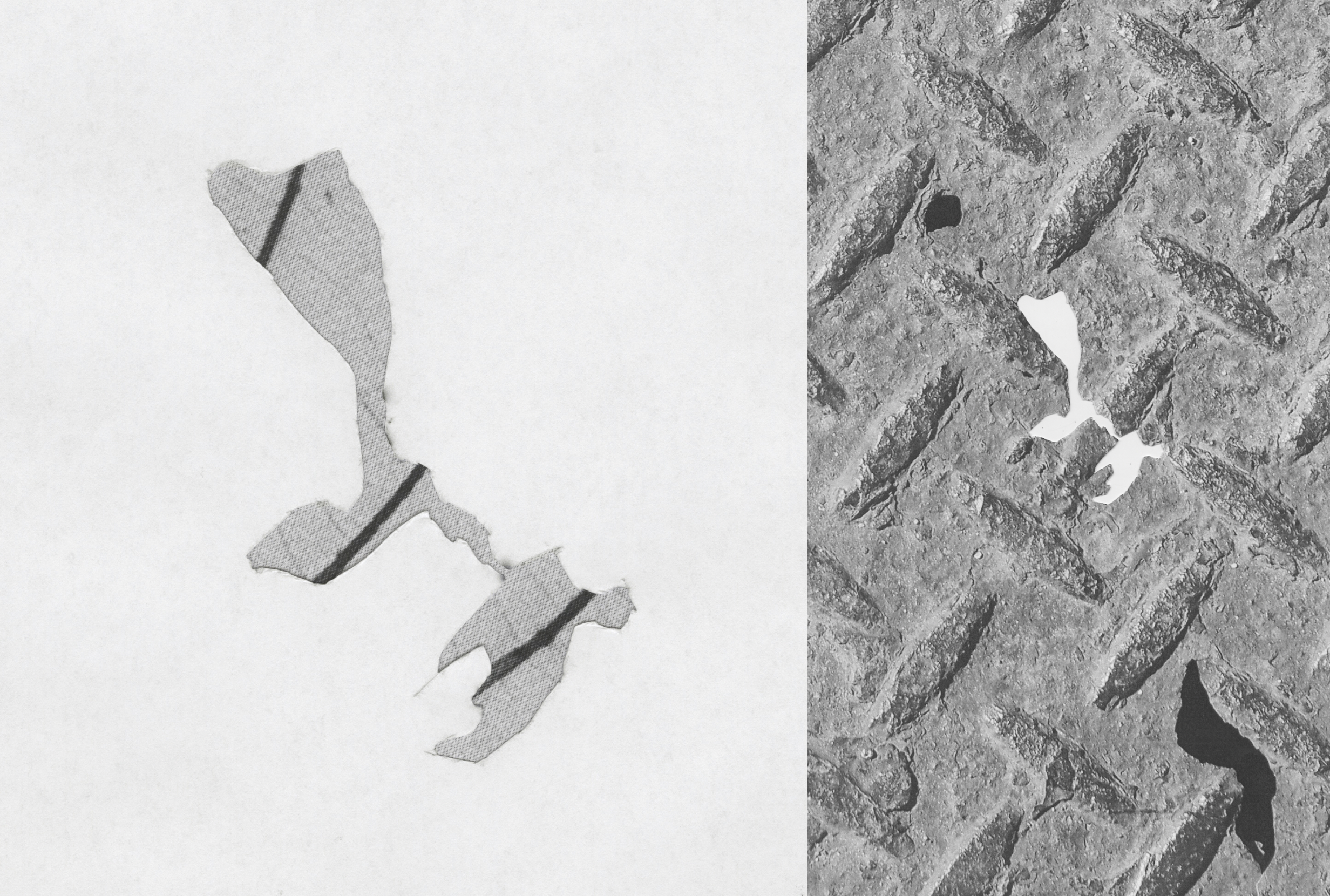(un)framing vision





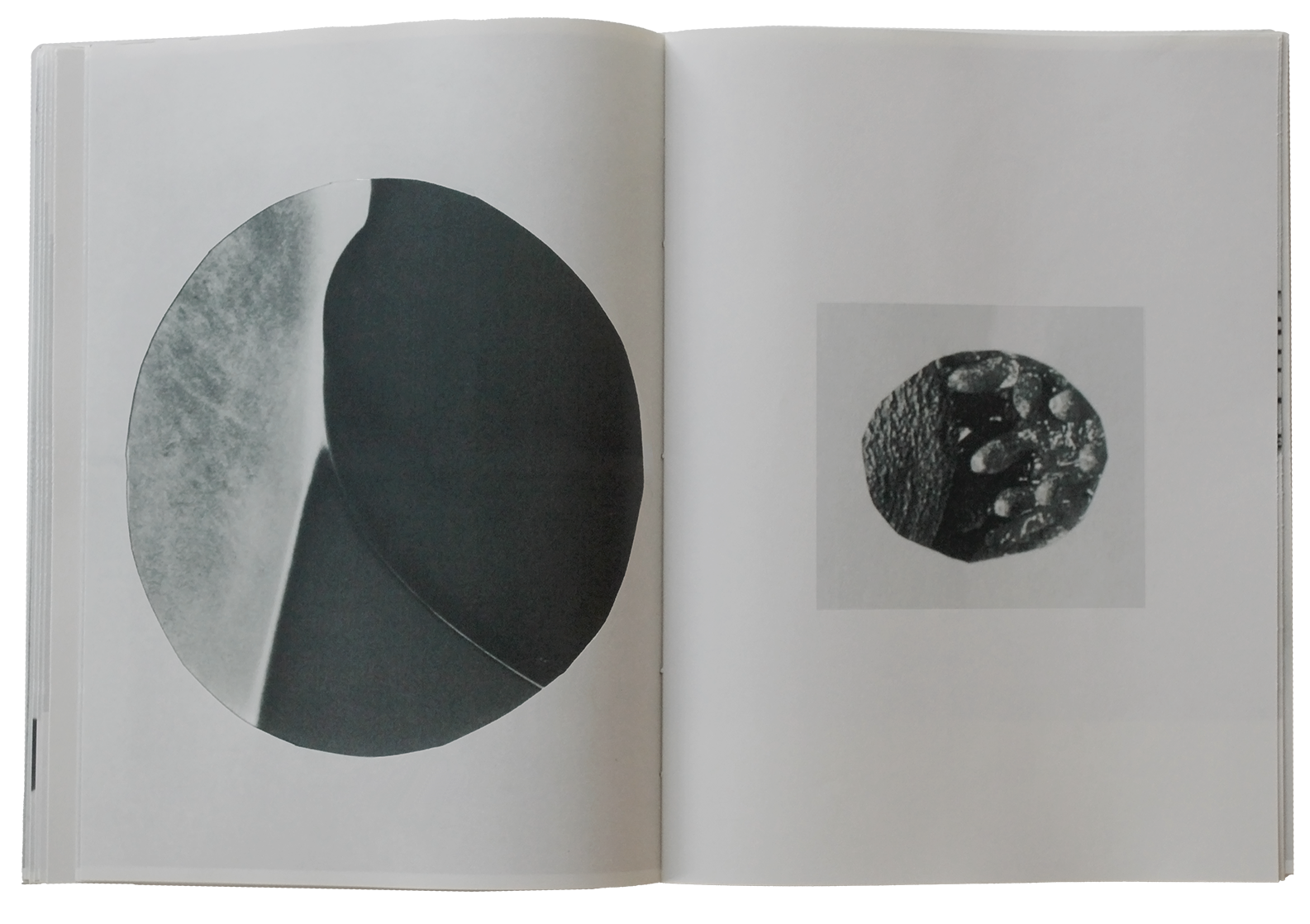


collected by ULISES
collected by Jojo Editions Library
presented at Missread Berlin 2024
presented at the New York Art Book Fair 2024
with the support of Printed Matter’s Shannon Michael Cane Award
naive forms
colors of nothingness




collected by ULISES
presented at Missread Berlin 2024
presented at the New York Art Book Fair 2024
with the support of Printed Matter’s Shannon Michael Cane Award
presented at Missread Berlin 2024
presented at the New York Art Book Fair 2024
with the support of Printed Matter’s Shannon Michael Cane Award
chirp & chomp
